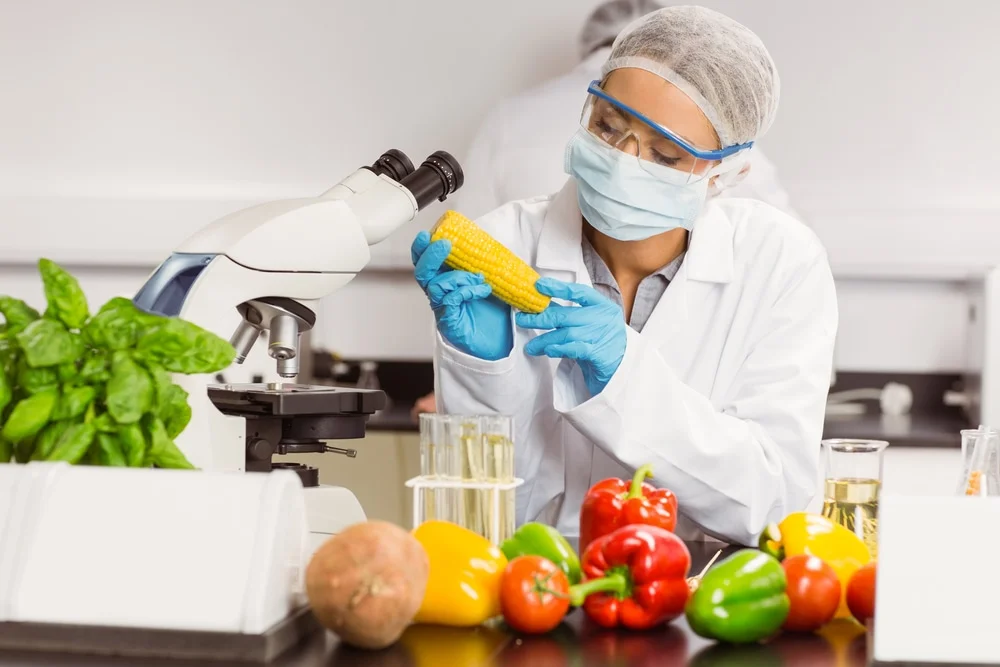Nanotechnology’s Favorable Future in Food Packaging

What’s become apparent over the past decade is the critical need to reduce food waste by improving food preservation and protection in safe, cost-effective ways.
That’s an opportunity to leverage emerging options in nanotechnology for food packaging that can reduce food and packaging waste. According to a forthcoming Future Market Insights report, nanotechnology used in food packaging is expected to increase 15% yearly from 2023 to 2033 driven by developments in material science and technology.
Nanotechnology is not new, and in fact was first introduced by Richard Feynman in 1959, though the term was first coined in 1974 by Norio Taniguchi.
Nanotechnology is defined as molecules in the range of one to 100 nanometers; for example, 100 nanometers is 0.0000039 inches.
The technology deals with nano-systems and nanomaterials, the latter of which are classified into three categories — nanofibers, nanoparticles, and nanoplates. Nanotechnology has application in numerous markets including packaging, nano-electronics, biomedical, security sensors, paints, textile, cosmetics, medical and healthcare, paper, construction, explosives and weapons, and lubricants among others.
Nanotechnology types and applications in food packaging.
There are various nanomaterials that are appropriate in this market including titanium nitride nanoparticle, silver nanoparticle and nano-zinc oxide, nano-clay and nano-titanium dioxide. These act as functional additives for food packaging. One of the most promising uses of the technology is in active packaging, which is packaging is designed to stop the growth of microbes once the packaging is opened by the customer. Available options include rewrapping with an active portion of the package.
Nanotechnology driven food packaging market has been categorized as follows:
- Active Packaging. The use of nanomaterials is beneficial to interact directly with food to provide better protection to the product. Some nanomaterials such as nano-silver, nano-titanium dioxide, nano-copper oxide, carbon nanotubes and nano-magnesium oxide can provide antimicrobial properties.
- Improved Packaging. To improve humidity resistance of packaging, temperature, and gas barrier, nanoparticles are combined with polymer chain as well as, temperature, humidity resistance of packaging. The US FDA has approved the use of nanocomposites in food contact.
Food packaging science expert Claire Sand, owner of Packaging Technology and Research, notes that nanoparticles can assist the barrier properties of food packaging by lengthening the torturous path of particles at the molecular level.
“It enhances a barrier by slowing diffusion and increasing the tortuous path that migrants such as water or oxygen need to travel,” she says. “It can be accomplished while staying within additive limits required for food safety and recyclability.
"This can reduce the amount of additive material needed versus a laminated sheet or coextrusion while adding barrier and strength. It’s especially advantageous when it reduces material costs.”





